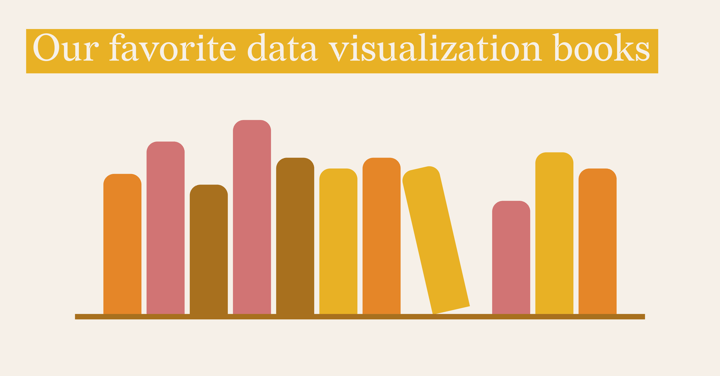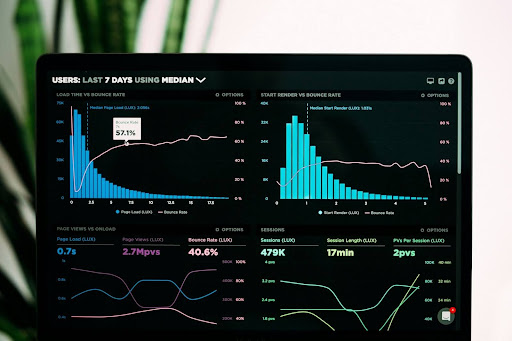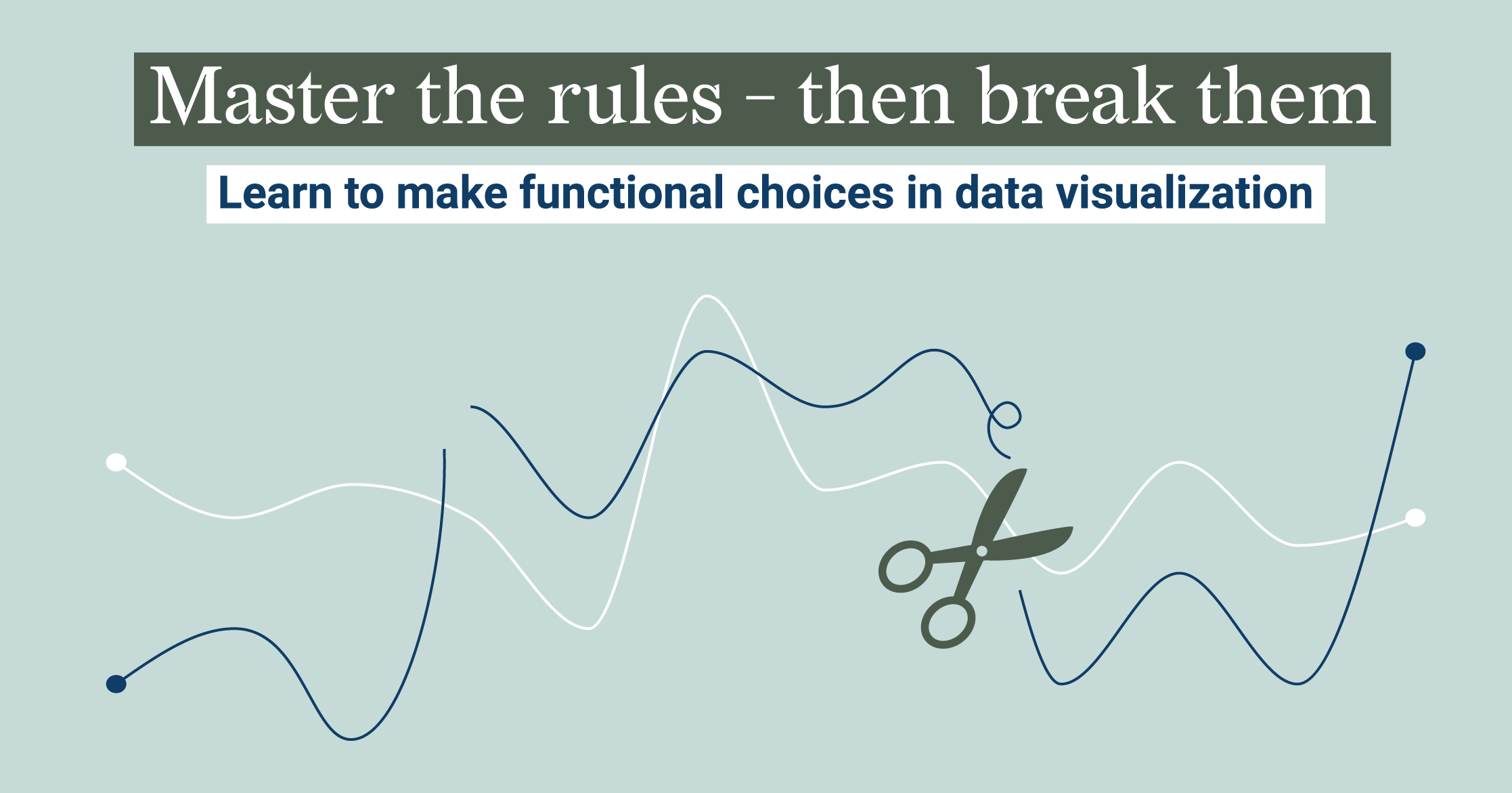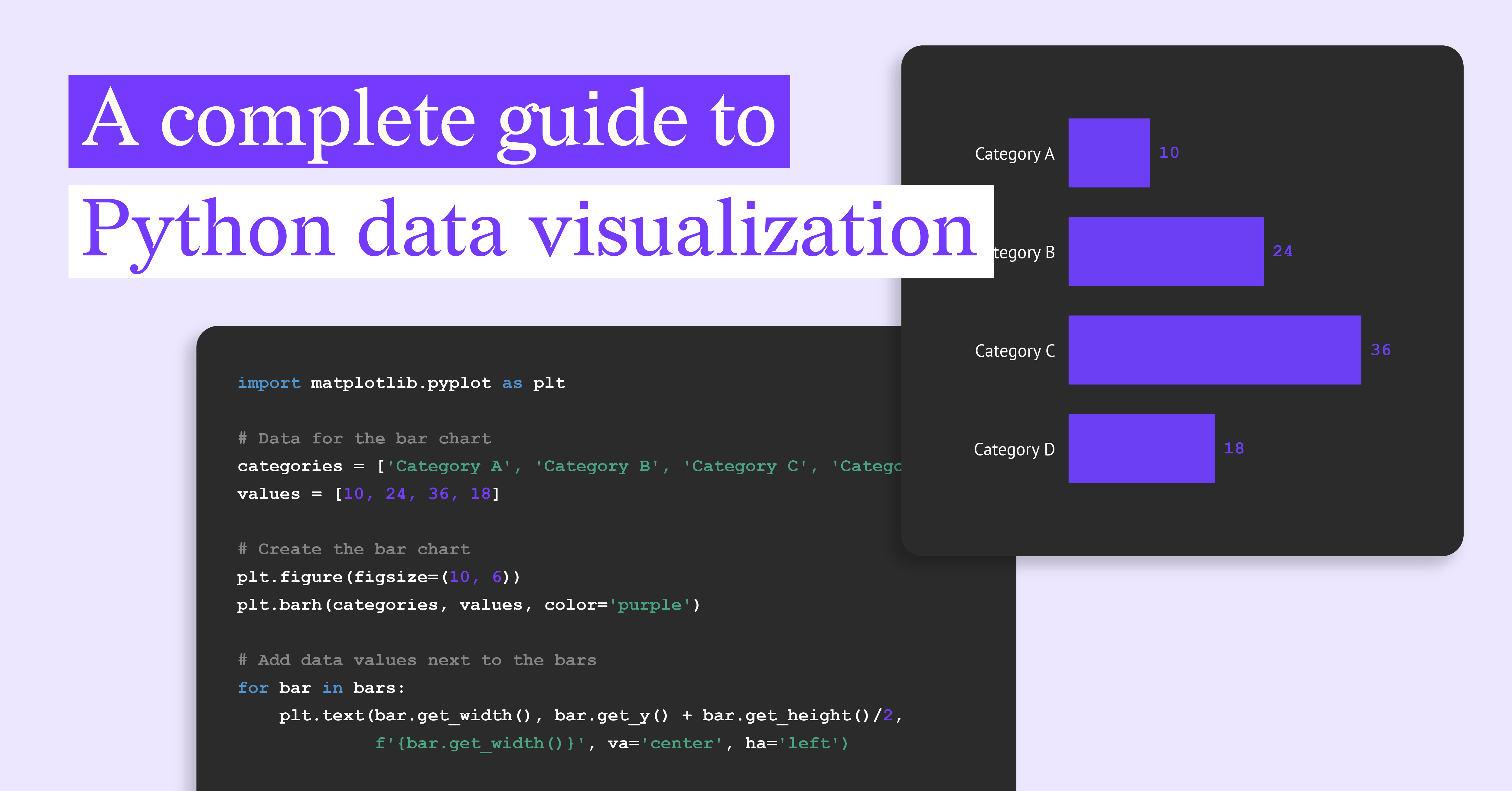Our Favorite Data Visualization Books

In today’s data-driven world, the ability to create visualizations that effectively deliver logical insights is crucial. Data visualization is a tool that transforms complex findings into a visual format that enables informed decision-making.
There’s a vast landscape of data visualization, but there are specific books that help unpack it all.
We’ve picked out the top authors in the field to help you create visuals that tell your story in a relatable and easy-to-follow way. Grab your reading specs and join us as we share our page-turning selection of the best data visualization books.

The Visual Display of Quantitative Information by Edward R. Tufte
Edward Tufte is renowned for his introduction of the term “data-ink ratio.” It refers to the idea that we should focus on maximizing the amount of ink we use to show data. According to this ratio, we must reduce the amount of ink for visualization without sacrificing design. The book reveals that the data-ink ratio ensures all the displayed elements in a visualization are relevant and there are no redundancies.
This data visualization book is a classic on the key elements in the field of data visualization like tables, statistical graphics, and tables. The high-resolution displays make it easy to navigate, and even the design of the small multiples is immaculate.
Tufte gets down to the nitty gritty of the design of data graphics and showcases his expertise as a pioneer in data visualization. This book is particularly useful because it comes with 250 illustrations that highlight some of the best (and worst) examples of statistical graphics.
The Visual Display of Quantitative Information outlines the significance of graphical integrity and the impact of deceptive or misleading visualizations. It teaches readers how to develop impactful visualizations. Our Datylon for Illustrator plug-in helps designers create visualizations that stand by Tufte’s guidelines.
He also discusses how to detect graphical deceptions through the design variation vs. data variation formula. He calls this formula the “Lie Factor” and defines it as “The representation of numbers, as physically measured on the surface of the graphic itself, should be directly proportional to the quantities represented.”
The formula looks like this:
Size of effect = second value-first value / first value
Lie Factor = size of effect shown in graphic / size of effect in data
This book is a favorite because of its timeless guidance on data visualization that resonates with scholars and practitioners alike.
Storytelling with Data: A Data Visualization Guide for Business Professionals by Cole Nussbaumer Knaflic

Are you a business professional looking to enhance your data visualization skills? Then Storytelling with Data is the perfect book for you.
Tailored specifically for business experts, Storytelling with Data by Cole Nussbaumer Knaflic functions as a comprehensive guide to data visualization. It emphasizes the importance of telling compelling stories using statistics in modern business contexts.
Storytelling with Data is written with an approach that goes beyond theory. Knaflic provides practice to what she preaches, equipping readers with various strategies to improve their abilities.
Knaflic teaches readers how to paint a picture with the art of storytelling to emphasize the facts their data intends to portray. Her unique data visualization methods will help you leverage the power of narrative design to create graphs that resonate with your audience.
It’s a favorite in the data visualization field because of its authentic take on a subject that’s typically removed from emotion. Knaflic has a way of showing readers how to remove clutter that clouds your information from resonating with your audience.
Knaflic has grown a strong storytelling with data (SWD) community of data Picasso’s on her website. Enjoy her monthly data visualization challenges set around exciting topics and exercises based on real-life scenarios to keep your skills sharp. Data Points: Visualization That Means Something by Nathan Yau
Data Points: Visualization That Means Something by Nathan Yau
Nathan Yau is a renowned statistician and author who is an expert in the field of data visualization. He’s best known for being the author of FlowingData where he focuses on making data easier for non-experts.
Data Points: Visualization That Means Something is the ultimate book for exploring visualization as a means of meaningful data presentation. We like that it’s beginner-friendly, as Yau turns complex data techniques into useful, flexible tips. As you read, you’ll gain a thorough understanding of key statistical concepts like correlation, median, and standard deviation.
Yau offers a unique insight into creating meaningful visualizations. He helps readers understand the trends and patterns using data graphics. This book shows the key patterns that analysts tend to miss when presented in table form.
Nathan Yau stands out from other visualization authors. He outlines the standard rules of visualization, then tells you when and how to break them. In this book, Yau outlines examples from various professionals in statistics in fielding ranging from business and cartography to art and design. He also shares some of his own illustrations and covers the whole process, from analysis and exploration to presenting the data.
Information is Beautiful by David McCandless
David McCandless is a British writer, information designer, and data-journalist. He gained a deep understanding of the importance of visualizing data accurately in his role as a journalist. David found that he could reduce his anxieties around certain subjects, like air travel, by researching and visualizing relevant data.
Information is Beautiful really grasps the appeal of well-done visualization. It doesn’t just focus on the physical aesthetics of choosing the right designs and colors. David’s writing also emphasizes the beauty of clear, accurate stats and how they can educate and provide priceless insight into complex issues.
McCandless provides examples of beautiful blends of art and data. Here are five types of graphs that stood out to us:
- The Billion Dollar-o-Gram: Data depictions of large amounts of money put into relatable terms. We were impressed by this visual depiction of quantitative data that’s typically challenging to take in.
- Snake Oil? Scientific Evidence for Popular Health Supplements: Utilizes data visualization to reveal the efficacy of various health supplements. The balloon race format caught our eye. The continuum from strong evidence to none makes it easy to see the supplements worth trying (P.S. Vitamin E won’t give you immortality).
- The Problem with Plastics: Did you know that one-million single use plastic beverage bottles are purchased every minute? We did after looking at this colorful, funnel-style graph that showcases data on plastic usage in a well-defined way. David’s clever use of color psychology allows you to summon the important details in just a few glances.
- Mountains Out of Molehills: Showcases the difference between exaggerated media narratives and statistical reality. We were particularly enamored with the smart way David displayed media reports. The option to “scale to deaths” revealed how the media amplifies potential dangers that don’t live up to their fears.
The Functional Art: An Introduction to Information Graphics and Visualization by Alberto Cairo
The Functional Art provides a comprehensive guide to designing graphics and visualization that perfectly fuse aesthetics and functionality. Cairo uses simple examples to give you practical techniques for crafting visual narratives that capture an emotional response.
Cairo goes deep into visualization and covers these practical points:
- Using color and other tools to improve not just the aesthetic of your design but how it converts information through graphics.
- The best methods for producing information graphics that are interactive and functional.
- Why he believes data visualization is a functional art instead of a fine art.
- The science behind how design affects our brain’s ability to perceive and retain data.
- A background of the creative process behind well-known information graphic designs.
This book is one of our favorites because you can find inspiration easily. It includes a gallery of work from the world’s best visual artists, designers, and visual journalists and outlines their creative processes. Some of the top names include:
- National Geographic Magazine’s Fernando Baptista
- The Washington Post’s Hannah Fairfield
- Stanford’s Geoff McGhee
- Condé Nast Traveler’s John Grimwade
The Functional Art also comes with a DVD containing over 90 minutes of video lessons where Alberto Cairo unpacks key concepts. He teaches you practical ways to include basic design principles and simple interfaces into interactive visualizations. It’s interesting watching Cairo use sketches and images to deconstruct popular informational graphics from renowned publishers like The New York Times.
The Accidental Analyst by Eileen Mcdaniel and Stephen McDaniel
The increase of data volumes in current times means more professionals are having to engage with data on the daily. This book is perfect for those people who consider themselves to be accidental analysts and need the knowledge to present data effectively.
The Accidental Analyst is especially beneficial for people who need a comprehensive guide to data visualization. It has a step-by-step guideline, also known as the “Seven C's of Data Analysis”. The framework provides readers with an uncomplicated course of action that details how to organize, analyze, and visualize data sets.
This book has illustrated examples that cover the best industry standards. Even if you didn’t plan on working with data, you can perform in line with data professionals. You can apply these tips on the Datylon Report Studio and generate engaging pieces you’ll be proud to present. The authors simplify the process, making it the ideal resource for people struggling to make sense of data sets.
Data Visualisation: A Handbook for Data Driven Design by Andy Kirk
In this handbook, you’ll find a step-by-step guide to achieving excellent data visualization. Kirk includes a specially curated collection of good and bad data illustrations to use as inspiration for your graphs and tables. In fact, you’ll find examples on every page to learn from the best (and the worst) in the field.
This data visualization book is perfect for those who learn from examples. There are tons of practical tips, case studies, checklists, and advice from some of the greatest designers in the field.
Kirk emphasizes the importance of taking a methodical approach during the design process. In each chapter, he provides a set of tools and practical techniques to create compelling data visualization.
Readers enjoy this book’s practical approach. The strong focus on design principles provides a systemic viewpoint to data-driven design. It can help you create meaningful visualizations that are both beautiful and impactful.

Turn the page on boring, uninformative data visualizations
However, adhering to the data visualization best practices outlined in these books can be time-consuming. Fortunately, automated reporting tools can streamline the process by automating many of the tasks involved in creating high-quality visualizations. These tools allow you to easily reuse and update chart templates with fresh data, saving time and effort. By automating the generation of these charts and reports based on predefined templates and connecting to data sources, you can focus on creating high-quality, meaningful, and engaging visualizations.
The Datylon Report Server is one such tool that can help you automate the creation of high-quality data visualizations, ensuring consistency and efficiency. Schedule a demo today or read our comprehensive guide to learn more.
Julia Vorontsova - Chief Marketing Officer
Julia Vorontsova, a seasoned marketer and the CMO of the company, finds joy in guiding businesses through growth. Based in Belgium, having recently relocated from Canada, she immerses herself in diverse cultures while nurturing her passions for travel and jazz.

